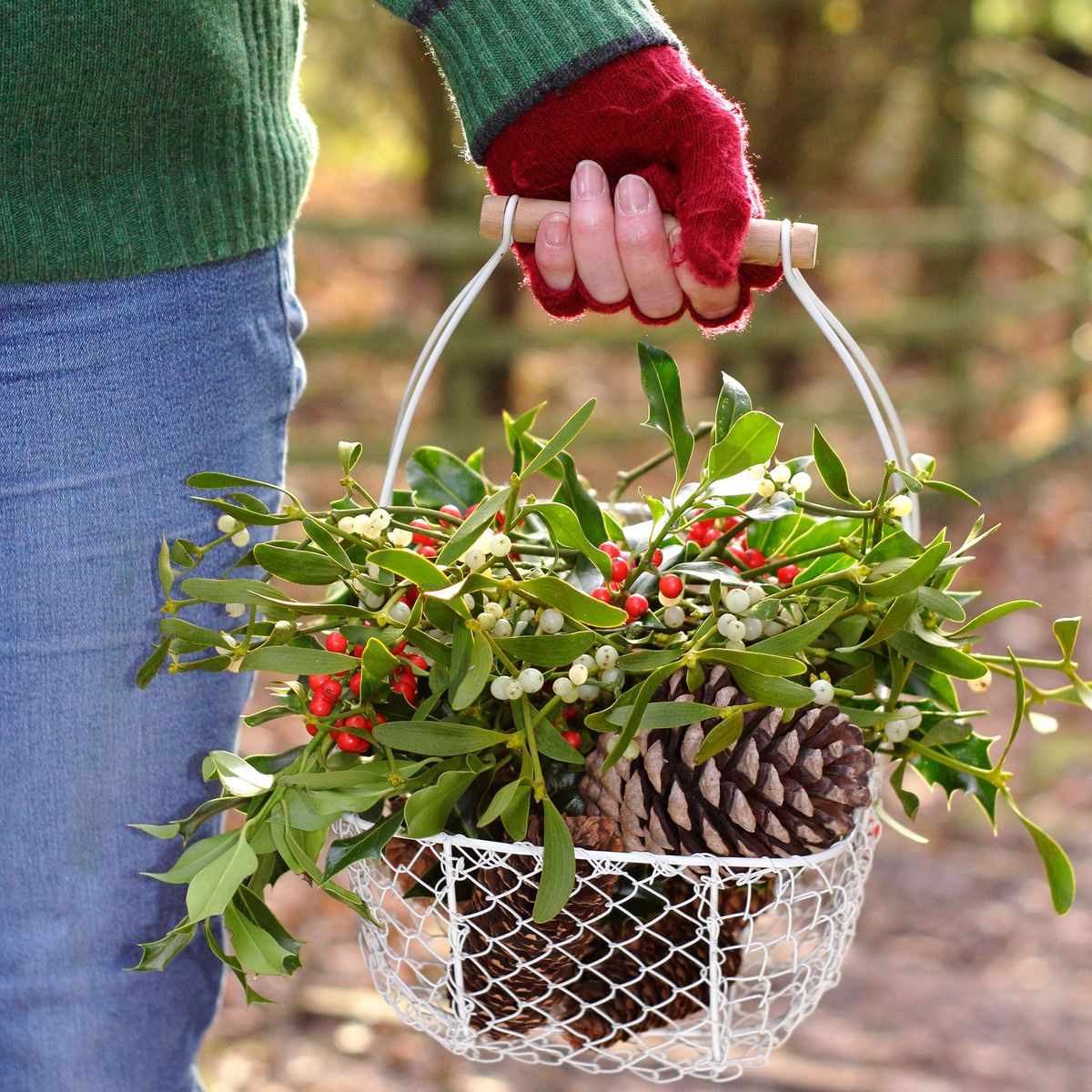While it should seem as if determining whether geraniums are perennials or annuals would be a simple matter, the fact is, it is not. The short answer is that all sorts of geraniums are technically perennial; however, not all kinds can tolerate very high or very low temperatures. For this reason, they must often be grown as annuals.
Whether or not geraniums can grow as perennials depends on many factors, including the harshness of your winters and the type of geraniums you wish to keep. In this article, we discuss these factors and more and shed light on the question, “Are geraniums perennials or annuals?” Read on to learn more.
Different Types Of Geraniums Can Be Grown In Different Ways
There are two main types of geraniums, true Geranium (aka hardy Geraniums) and cranesbill geraniums. There are also scented (common) geraniums; however, these are not true geraniums. They are Pelargoniums. When comparing Pelargoniums and geraniums, you will find that Pelargoniums have larger and more abundant flowers; however, they are not particularly winter hardy.
Pelargoniums Are Tropical
This is because Pelargoniums (aka scented geraniums) hails from South Africa, so they are not winter hardy in non-tropical settings. They do well in USDA hardiness zones 10 through 11, but they cannot survive winters in cooler climates. Even so, Pelargoniums are good container plants and can be kept as houseplants through cold winters. In addition, these plants are perennial and can live for many years if protected from the cold in the wintertime.
Pelargoniums make an excellent addition to your geranium garden. They are especially enchanting under a window or around a patio or porch where the scent of their fragrant leaves can be enjoyed.
One trendy variety is the Mosquito Plant, which smells like citronella. It is said to be effective for keeping mosquitoes away from outdoor seating areas in the spring and summer.
There are many other scents to enjoy, though. Look for plants in aromas of:
- Chocolate
- Cinnamon
- Nutmeg
- Lemon
- Apple
- Rose
- Mint
- Oak
…and more.
The flowers of scented geraniums are cute but not particularly showy. They are typically pale pink, white or lavender. However, they do well as houseplants, so when cold weather comes, pot them up and bring them indoors to enjoy throughout the winter.
Alternately, you can keep Pelargoniums as annuals. They make a great addition to many settings in your garden throughout the summer, such as:
- Butterfly and Pollinator Gardens
- Flowerpots and Planters
- Hanging Baskets
- Flowerbeds
- Borders
If you don’t have room to bring them in and keep them as houseplants, you can toss them into the compost at the end of the growing season and start over fresh next spring.
True Geraniums Can Tolerate Some Cold
Hardy or true geraniums are far more winter hardy than Pelargoniums. They can do well kept outdoors year-round in USDA hardiness zones 5 through 8; however, they tend to be heat sensitive. Some very hardy types can tolerate the hot weather found in zone 9.
Common (true or zonal) geraniums (Geranium x hortulanum) are available in plain or strikingly banded foliage varieties. Their flowers consist of clusters of single or double blooms atop tall stems in shades of:
- Burgundy
- Lavender
- Salmon
- Orange
- Bicolor
- White
- Pink
- Red
Some fancy-leaf zonal geranium hybrids have variegated foliage in shades of:
- Burgundy
- Yellow
- Bronze
- White
- Green
- Coral
- Red
Some of them even have fragrant, scented foliage. Their flowers are pretty in shades of:
But the blooms are not the main attraction for these plants.
All of these pretty zonal geraniums can also be kept as annuals or brought in to grow as houseplants during the winter. Other alternatives include keeping them in a cool, dark, dry setting in a dormant state until springtime or taking cuttings to cultivate indoors through the winter. See our article on overwintering geraniums here (LINK).
Additionally, some very cold-hardy varieties can survive outdoors in winter, even in USDA hardiness zone 3. In this case, the plants must be cut back and mulched heavily before the first frost. They will grow back from their roots in the springtime.
True geraniums can live for many years when kept outdoors in a conducive climate or when properly protected from extreme temperatures in a very cold or very hot environment. Even so, you may not want to keep them for many years.
True geraniums tend to get leggy, woody stems, and they start to topple over as they grow older. When this happens, you are better off uprooting them and tossing them in the compost heap rather than attempting to prune or reshape them.
Starting Over Is Easy With Geraniums
You can start over with new plants by simply going to your local nursery and purchasing more, or you can carefully curate cuttings from your old plants as you go along. You can keep yourself well supplied with fresh geranium plants when you do this. It is also possible to grow new geraniums from seed, but it’s a lot of work and is generally not worth the trouble.
Lesser Types Of Geraniums
In addition to True Geraniums and Pelargoniums, a few unusual or lesser-known types are worth mentioning.
Two-year geraniums: Some types of geraniums (e.g., Geranium maderense) have a natural, two-year lifespan. They are quite cold tolerant and will live through their first winter but naturally die off during their second winter.
Climbing, trailing geraniums: Ivy geraniums (Geranium peltatum) are neither heat nor cold tolerant, so they are usually kept as annuals. You can bring these pretty climbing, trailing plants indoors to keep as houseplants in the winter, but they tend to get leggy and unattractive as the winter wears on.
It’s generally better to discard them at the end of the growing season and start over in the springtime. Protect Ivy geranium from hot, dry wind and harsh sunlight in very hot climates. The trailing plants are lovely, growing in window boxes or hanging baskets.
Hybrid cross geraniums: Other cool-season geraniums include Regal or Martha Washington geraniums (Pelargonium x domesticum). These plants are typically kept as annuals because they are sensitive to very warm temperatures.
You’ll find them available as potted plants late in the winter and early in the springtime. They put on a massive show of blooms in shades of:
- Burgundy
- Purple
- Yellow
- Bicolor
- White
- Pink
- Red
… through the early part of the growing season. When the weather begins to get hot, they stop blooming. Most people toss them onto the compost heap at this point. While it is possible to nurse them through the summer, and you might even be able to keep them through the winter indoors, it’s not rewarding or worth the trouble.
Wild geraniums: Native geraniums (Geranium maculatum) are herbaceous perennial wildflowers that grow naturally in the wooded areas in eastern North America. They can be found in the woods of the Dakotas, eastern Oklahoma, Georgia, southern Ontario, and many parts in between.
These wildflowers are winter hardy in USDA hardiness zones 3 through 8. Like other types of geraniums, they can be grown as annuals outside of their native settings, but their real appeal lies in naturalizing in a low-maintenance setting.
These pretty, wild plants go by several common names, including:
- Spotted Cranesbill
- Spotted Geranium
- Wood Geranium
- Wild Geranium
- Wild Cranesbill
- Alum Bloom
- Alum Root
- Cranesbill
They grow in naturally spreading clumps in undisturbed wooded settings. Individual plants spread through rhizomes to form a dense ground cover. After blooms go to seed, the seed pods explode and shoot seed as far as thirty feet, spreading even more.
Their large, slightly furry leaves are dark green. The plants bloom for about a month during the late spring and summer. The inch-wide blooms grow in clusters and may be:
- Deep Purple
- Rose Pink
- Lavender
- White
The flowers are attractive to all sorts of pollinators, most especially native bees.
Although the bloom time is very short, the foliage stays an attractive shade of deep green throughout the growing season, except in case of drought.
These low-maintenance plants are best kept as perennials in their native areas or areas conducive to their natural spread from year to year.
They cannot be kept indoors in winter. They do not grow from cuttings. Saving rhizomes or seeds from one year to the next might be possible in areas where the plants cannot survive the winter.
How To Handle Geraniums Kept As Annuals
If you are going to keep geraniums as annuals, you must take care to plant them after there is no longer any danger of frost. Choose a setting that provides a minimum of six hours of direct sun daily. In addition, your plants will appreciate well-draining, fertile soil.
If you cannot provide ample sun and nourishing soil, you will not get good blooms. Deadhead the flowers regularly to promote more blooms.
In this sort of setting, your geraniums will need about an inch of water weekly. Therefore, it’s best to water deeply at ground level on a weekly basis than to spray frequently.
If you keep your annual geraniums in pots or planters, you may need to water more often. Use the soak and dry method, and avoid overhead watering.
Geraniums can be successfully kept in containers made of all sorts of materials, as long as the container has ample drainage holes and the potting medium is light, fertile, and well-draining.
In the landscape or containers, provide your plants with a light solution of a good quality water-soluble fertilizer a couple of times a month throughout the growing season.
If you keep your geraniums indoors as houseplants in the winter, choose a setting that maintains consistent, comfortable temperatures near a bright window. Then, water regularly, using the soak and dry watering method.












